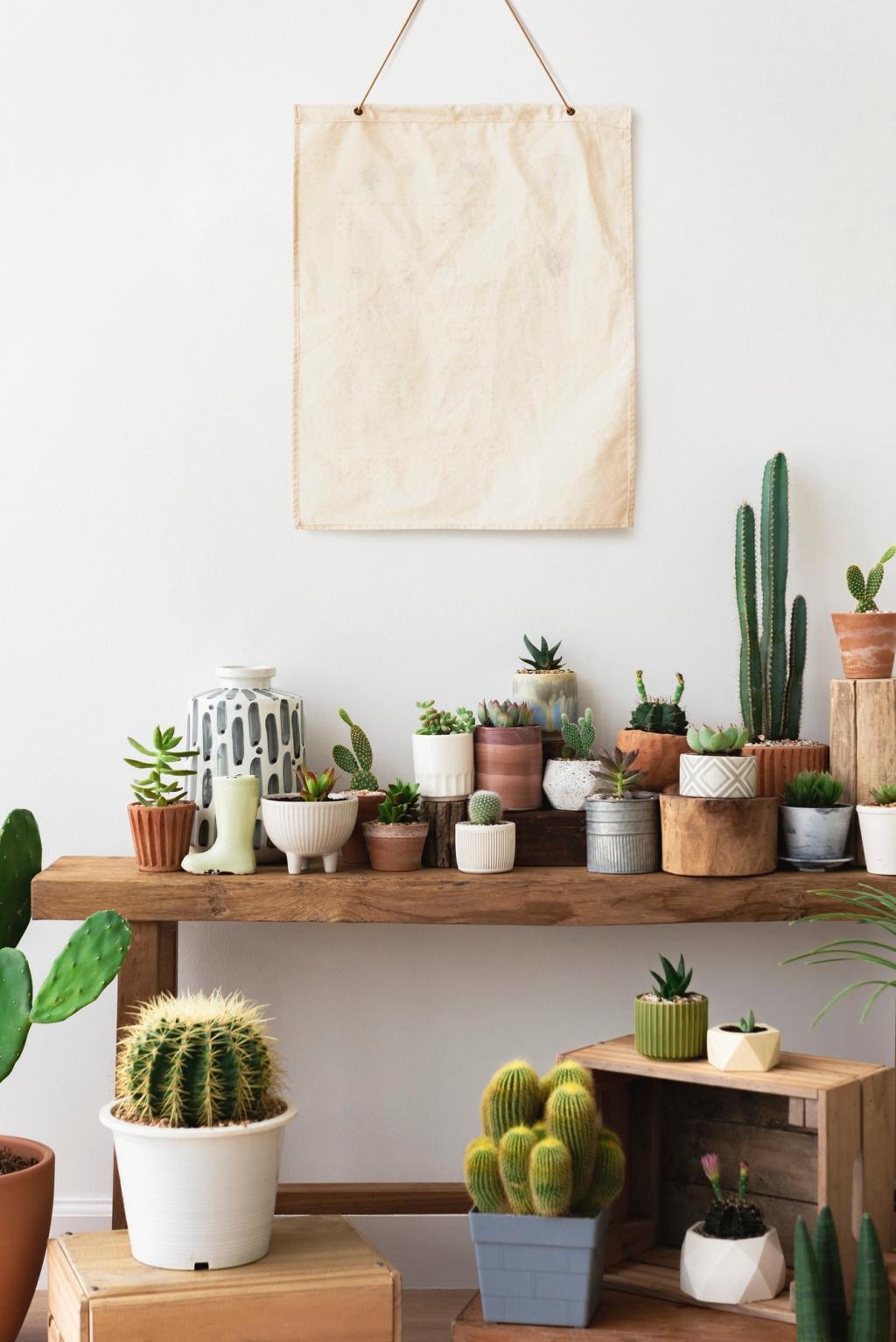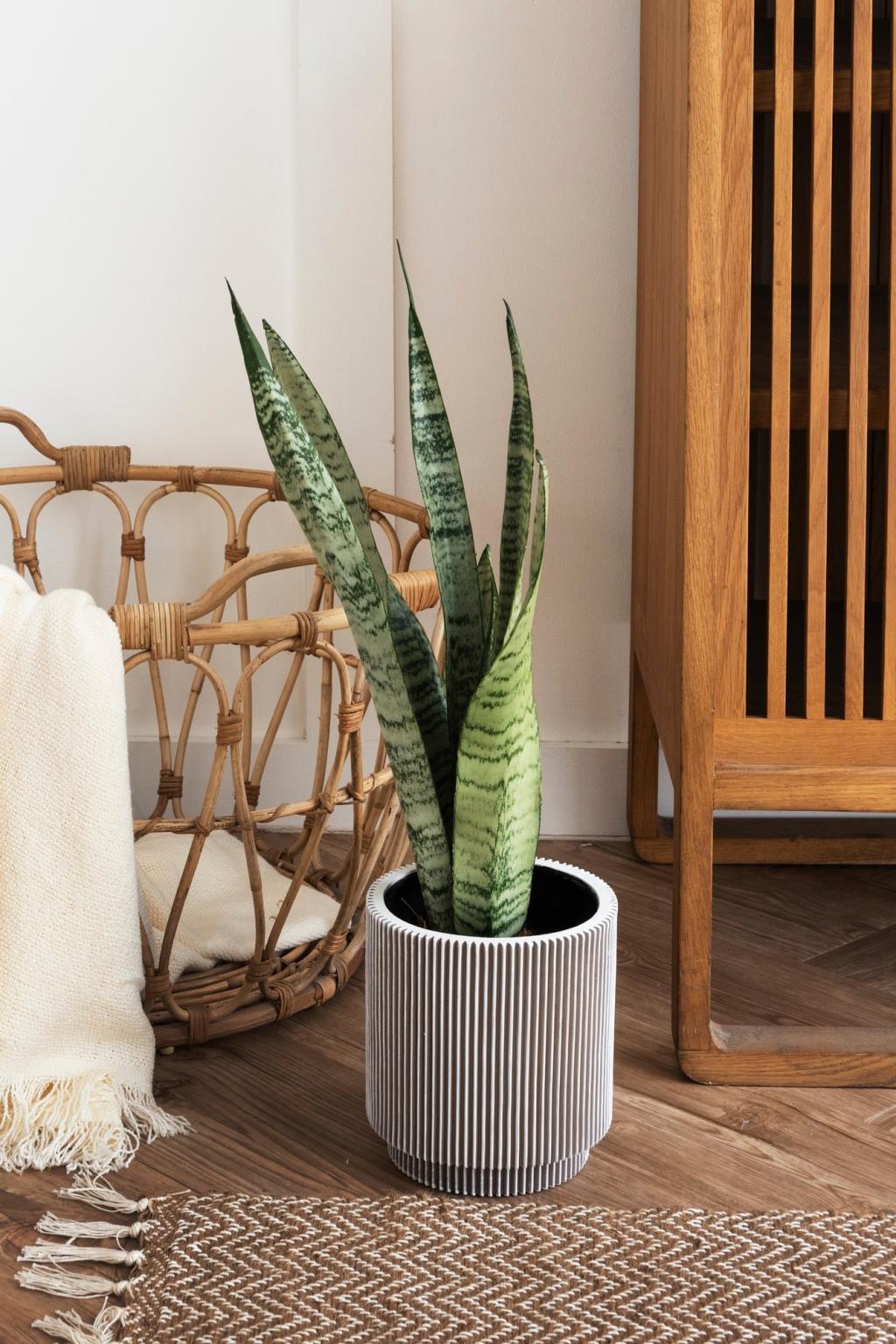Sustainable Textile Options for Interiors

Natural Fibers: Comfort with Lower Impact
Organic cotton reduces synthetic pesticides and encourages healthier soils. Many farms lean on rain-fed systems and crop rotation. For interiors, choose heavier weaves for durability and look for GOTS-certified options. Share your favorite organic cotton upholstery or curtain brand so others can compare performance and feel.
Next-Gen Cellulosics: Lyocell and Responsible Viscose
Lyocell (TENCEL) and Closed-Loop Solvents
Lyocell often uses a closed-loop process that recovers over ninety-nine percent of solvent, dramatically reducing emissions. Choose FSC-certified pulp and reputable producers. In interiors, lyocell blends bring graceful drape and cool handfeel to bedding and window panels. Ask brands about traceable supply chains and solvent recovery rates.
Responsible Viscose and Forest Protection
Traditional viscose can impact forests and waterways. Favor viscose verified by FSC and produced under stricter environmental controls. Check for partnerships with forest stewardship initiatives. If a label feels vague, request mill names and sourcing details. Your questions push the market toward clearer, cleaner pulp-based textiles.
Bamboo: Know the Process Behind the Promise
Bamboo lyocell can be responsible, yet bamboo rayon often involves harsher chemistry. Always ask which process was used. For interiors, bamboo lyocell sheets and drapes can feel silk-soft while staying breathable. Share your experience comparing bamboo lyocell to cotton or linen—comfort, longevity, and how it washes over time.



Low-Impact Dyes and Finishes
From low-impact fiber-reactive dyes to emerging bio-based pigments, color can be achieved with less water and fewer hazardous chemicals. Natural indigo and madder have returned in modern, controlled processes. Ask about wastewater treatment and dye-house certifications. What hue are you hunting for in a safer, softer formula?


Low-Impact Dyes and Finishes
Solution-dyed fibers embed color during extrusion, slashing water use and improving lightfastness—excellent for sunny rooms and outdoor-adjacent spaces. Pair them with natural fibers to balance touch and temperature. Share your experience mixing solution-dyed upholstery with linen pillows or wool throws to create resilient, layered comfort.

Choose the Right Fabric for the Job
Match textiles to traffic levels and light exposure. Look for Martindale or Wyzenbeek rub counts for upholstery, and colorfastness data for drapery. Sometimes, a heavier weave outlasts delicate textures. Comment with your most durable fabric discovery and how it transformed a high-traffic corner of your home.

Smart Maintenance for Lower Impact
Vacuum upholstery weekly with a soft brush, rotate cushions, and spot-clean promptly with gentle, biodegradable solutions. Air out wool and linen rather than over-washing. Small habits extend lifespan dramatically. What is your go-to care routine for keeping sofas and curtains fresh without resorting to harsh chemicals?

Repair, Refresh, and Reimagine
Mend seams, reinforce stress points, and add washable slipcovers before replacing. Dye a sun-faded curtain or reupholster a chair in recycled fabric. Share your before-and-after stories—practical tips inspire others to repair first, buy better second, and celebrate the quiet charm of well-lived textiles.
Monomaterials and Easy Disassembly
Consider single-fiber fabrics and modular construction that supports reuse and recycling. Avoid complex composites that are difficult to separate. Ask upholsterers about reversible techniques. Comment if you’ve sourced monomaterial textiles that still feel luxurious—you might help someone simplify their next sustainable project.
Take-Back Programs and Recycling Streams
Some brands offer take-back or resale programs; others partner with recyclers who process polyester blends or pure wool. Keep receipts and labels to verify fiber content later. Have you tried a take-back program? Share what worked, what didn’t, and how the reclaimed fabric found a second home.
